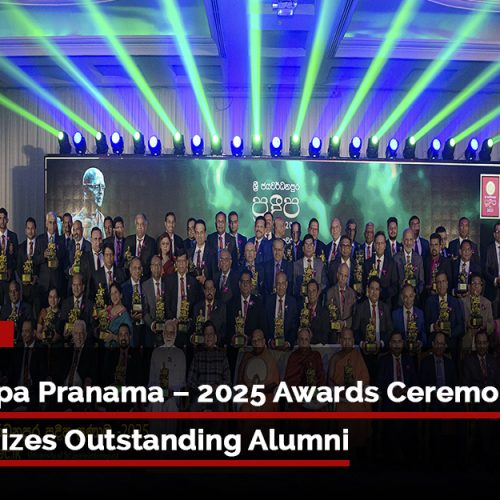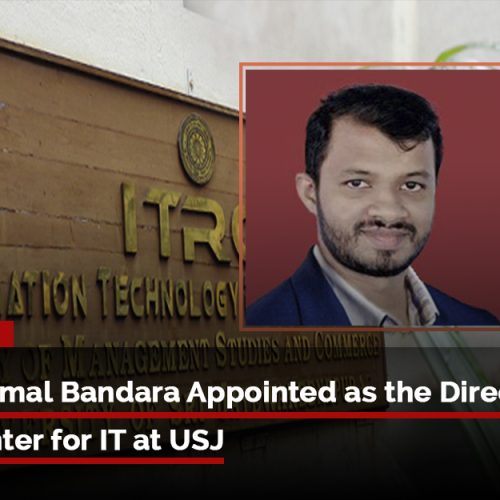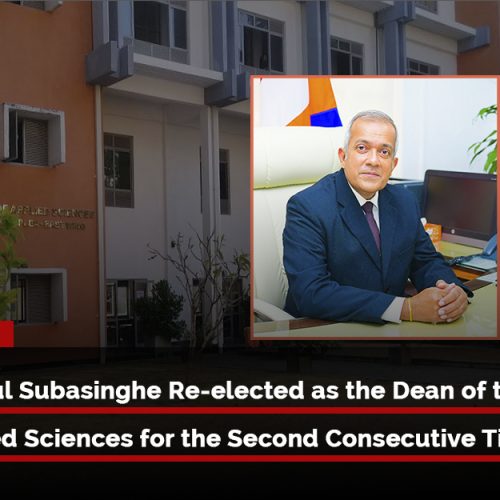
Rechargeable Li-ion batteries are widely used throughout the world as electrical energy storage devices due to their advantages over other existing batteries. They have many attractive characteristics such as high energy density, lightweight and low maintenance. On the other hand, the major disadvantages are fast ageing, high production cost, and needing circuit protection from being overcharged. Comprehensive understanding of the chemistry behind the lithium-ion battery is crucial to improve its features like recharging ability, performance, and durability.
In recent years, Li-Sulfur batteries have gained an immense interest over the Li-ion batteries due to their environmental friendliness and low production cost.
J’pura researchers have successfully, combined and utilized the two processes that occur in Li-ion and Li-Sulfur batteries i.e., Li-ion intercalation-deintercalation and oxidation/reduction of Li-polysulfide to fabricate a new rechargeable battery. The new batteries were assembled using ilmenite, natural mineral sand as the anode material and graphite as the cathode material. A lithium polysulfide solution prepared from elemental sulfur and LiOH is used as the electrolyte. The raw materials are highly abundant precursors found in Nature. The batteries were assembled with Cu and Al current collectors. Preliminary tests of the designed batteries show promising results for the high number of charge-discharge cycles.










